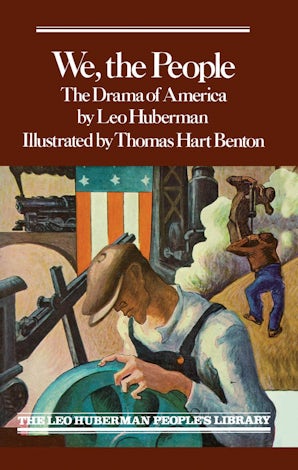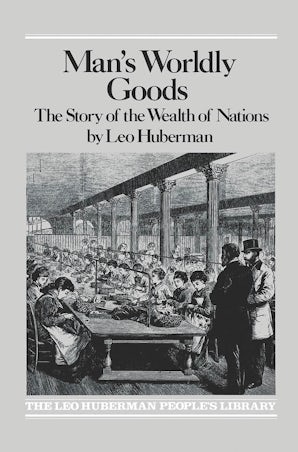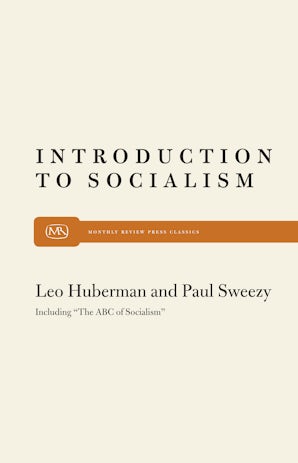Books by Leo Huberman
We the People
by Leo Huberman
Man’s Worldly Goods
by Leo Huberman
Intro to Socialism
by Leo Huberman




